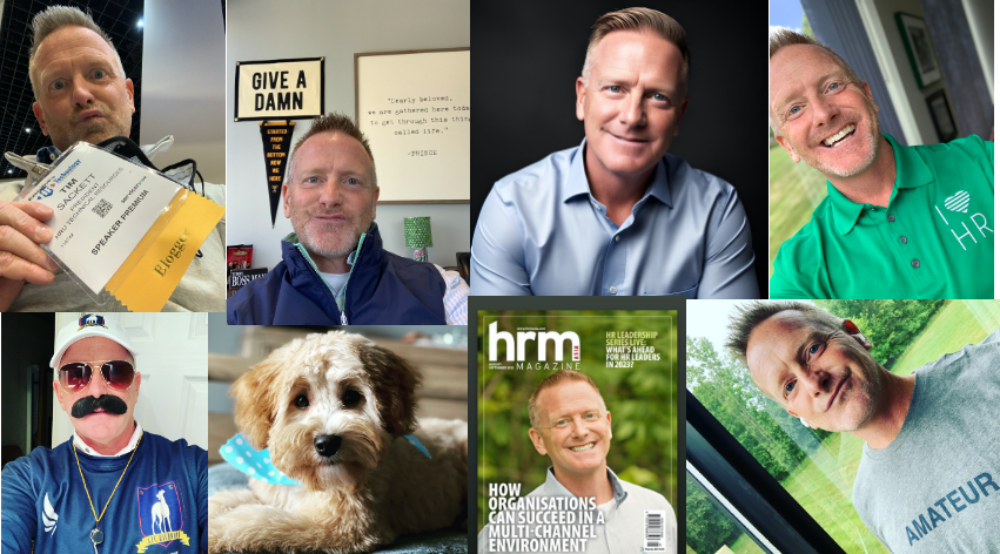I’ve always been a huge proponent that Facebook could end LinkedIn at any point they decided. Facebook has more active users, more data, it’s a platform everyone is comfortable with, and companies love it as well.
So, when Facebook opened up a company’s ability to now create a job posting on your company Facebook page recently, and have candidates can apply right on that page, stuff just got real for LinkedIn!
It seems like the logical conclusion that Facebook can do what LinkedIn is doing better. But, should it be the logical conclusion?
It seems like all of these social media companies constantly stumble over themselves, primarily because they are constantly breaking new ground with each turn. You try stuff, it doesn’t work, you try more stuff, eventually, you find the secret sauce.
LinkedIn has gone through this pain, multiple times. They had one of the greatest things going ever when they were flat out a professional network and professionals flocked to LI to network, share ideas, etc. It was a modern day equivalent to the old school Rolodex. LinkedIn made professional networking popular.
Then they broke it. Let’s be fair, they broke it because eventually, we all need to get paid, LI was no different. But opening up LI to recruiting nation killed the desire for people to want to be on LinkedIn and get constantly pimped. But, at the same time they actually created a pretty cool job board 2.0, when everyone thought those were going to die.
So, now Facebook wants to come into the playground, push LinkedIn down and take their milk money.
The problem is, Facebook hasn’t really ever broken their platform before and had to recreate it into something new. The Facebook I use today is virtually the same Facebook I started using nine years ago. LinkedIn today, is not LinkedIn of five to seven years ago, it’s very different. Some people will say worse, some people will pay $26.2 billion for it!
I’m wondering if Facebook goes all full blown LinkedIn with their platform, what happens to Facebook? Is it still a place where you’ll want to hang out four or five times a day? Do you want to share cookie recipes with your Nana and talk financial strategy with coworkers all in the same place?
It’s arrogant to think you can just come in do something better than someone who has lived the pain of creating something. LinkedIn’s history of development gives them an advantage. Can Facebook come in and do it better? Maybe, but I don’t think you’ll see it happen overnight.
I’m a huge advocate for ‘one-life’. I don’t want to live multiple lives. I don’t want to be one person on Facebook, and another person on LinkedIn, but I’m in the vast minority when it comes to that view. Most people do not want to mix their personal and professional lives. They want to be freaks in the sheets and a lady on the streets, err, LinkedIn.
Should be interesting to watch these two powerhouses fight it out. What do you think TA pros and leaders? Are you ready to do all of your recruiting on Facebook?
